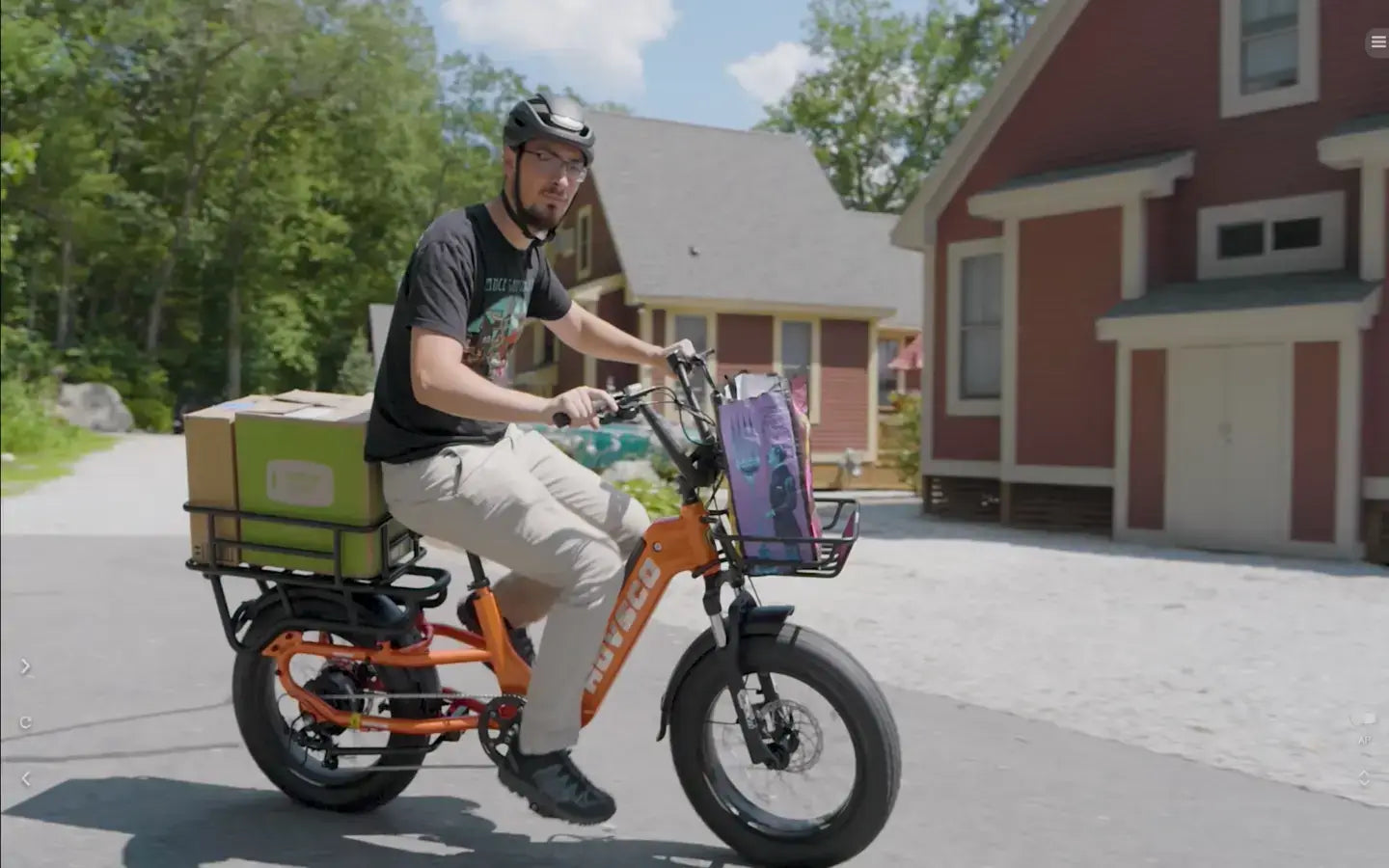
- by EO S
How Does a Pedal Assist Electric Bike Enhance Your Riding Experience?
- by EO S
A pedal assist electric bike uses sensors to detect your pedaling and activates a motor to provide proportional power, making pedaling easier and rides smoother. It offers multiple assist levels to tailor support, enabling longer distances, easier hill climbs, and less fatigue while preserving the natural cycling feel.
A pedal assist electric bike combines traditional pedaling with motorized support that activates only when you pedal. Sensors—either cadence or torque types—monitor your pedaling speed or effort and communicate with the motor to supply assistance accordingly. This system amplifies your pedaling power seamlessly, maintaining a natural cycling experience while reducing physical strain and extending ride range.
There are two main sensor types:
Cadence sensor systems are common and more affordable but may cause slight lag or abrupt motor engagement. Torque sensors deliver refined control, ideal for riders seeking a natural feel.
Pedal assist electric bikes typically offer multiple assistance levels, ranging from low to turbo modes:
| Level | Assistance Amount | Typical Use Case | Battery Impact |
|---|---|---|---|
| Level 0 | No assistance | Saving battery, flat terrain | None |
| Level 1-2 | Light assistance | Urban cruising, mild hills | Low |
| Level 3-4 | Moderate assistance | Longer rides, moderate hills | Moderate |
| Level 5 (Turbo) | Maximum assistance | Steep hills, fast acceleration | High |
Choosing the right level depends on terrain, rider fitness, and desired speed, balancing motor support and battery efficiency.
Pedal assist electric bikes reduce rider fatigue by supporting pedaling effort, making uphill climbs and headwinds easier without eliminating exercise benefits. They encourage active riding, promote cardiovascular health, and allow commuters to arrive less sweaty and more energized. The adjustable assist levels enable riders to customize their workout intensity while extending travel range and speed.
Unlike throttle-only e-bikes, which can propel the bike without pedaling, pedal assist bikes require pedaling to engage the motor. This preserves the natural cycling experience and encourages physical activity. Pedal assist systems provide smoother power delivery and better battery efficiency, while throttle-only bikes offer instant power but may reduce exercise benefits and drain batteries faster.
The main components include:
These parts work together to create a responsive, efficient, and customizable riding experience.
Leading pedal assist e-bikes feature advanced sensor integration and motor technology to optimize ride quality. Models often include:
HOVSCO’s designs emphasize innovation in pedal assist technology, combining ergonomic frames, reliable motors, and safety features to meet diverse rider needs.
When buying a pedal assist electric bike, consider the sensor type: torque sensors offer a smoother, more natural ride, while cadence sensors are budget-friendly and reliable. Evaluate battery capacity and motor power to ensure sufficient range and assistance for your terrain and commute. Look for adjustable assist levels and user-friendly displays. Prioritize quality brakes and durable frames for safety. HOVSCO’s commitment to innovation ensures models that balance performance, comfort, and style, making them excellent choices for riders seeking reliable pedal assist e-bikes.
“HOVSCO’s pedal assist electric bikes redefine cycling by blending cutting-edge sensor technology with ergonomic design,” says a HOVSCO engineer. “Our focus is on creating a seamless extension of the rider’s effort, enhancing endurance and enjoyment without compromising the authentic cycling feel. The integration of torque sensors and customizable assist levels allows riders to tailor their experience precisely, whether commuting or exploring trails.” This expert insight highlights HOVSCO’s dedication to advancing pedal assist systems for all cycling enthusiasts.
Q: How does pedal assist differ from throttle control?
A: Pedal assist requires pedaling to activate the motor, providing proportional support, while throttle control powers the bike independently of pedaling.
Q: What are the benefits of torque sensors over cadence sensors?
A: Torque sensors measure pedaling force for smoother, more responsive assistance, whereas cadence sensors detect pedaling motion and provide fixed-level support.
Q: Can I adjust the level of pedal assist?
A: Yes, most pedal assist electric bikes offer multiple assist levels to customize power output based on rider preference and terrain.
Q: Does pedal assist help with hill climbing?
A: Absolutely, pedal assist provides extra power to make climbing hills easier and less strenuous.
Q: Are pedal assist bikes suitable for fitness?
A: Yes, they encourage active pedaling while reducing fatigue, making workouts more manageable and enjoyable.
Q: How far can I ride on a pedal assist electric bike?
A: Range varies by battery size and assist level but typically ranges from 30 to 60 miles per charge.
Share:
What Makes 49cc Scooters Ideal for Beginners and Urban Commuters?
How to Choose the Best Cheap Ebike Without Sacrificing Quality?